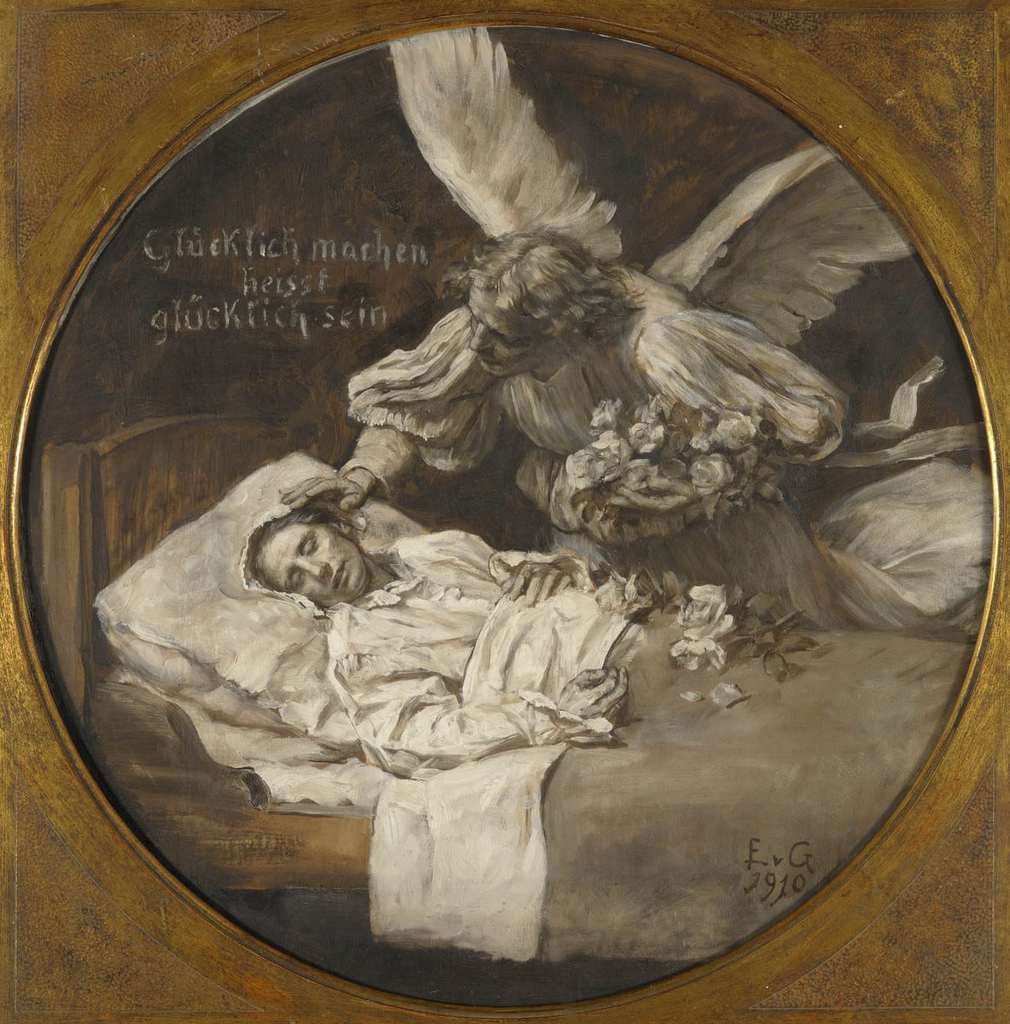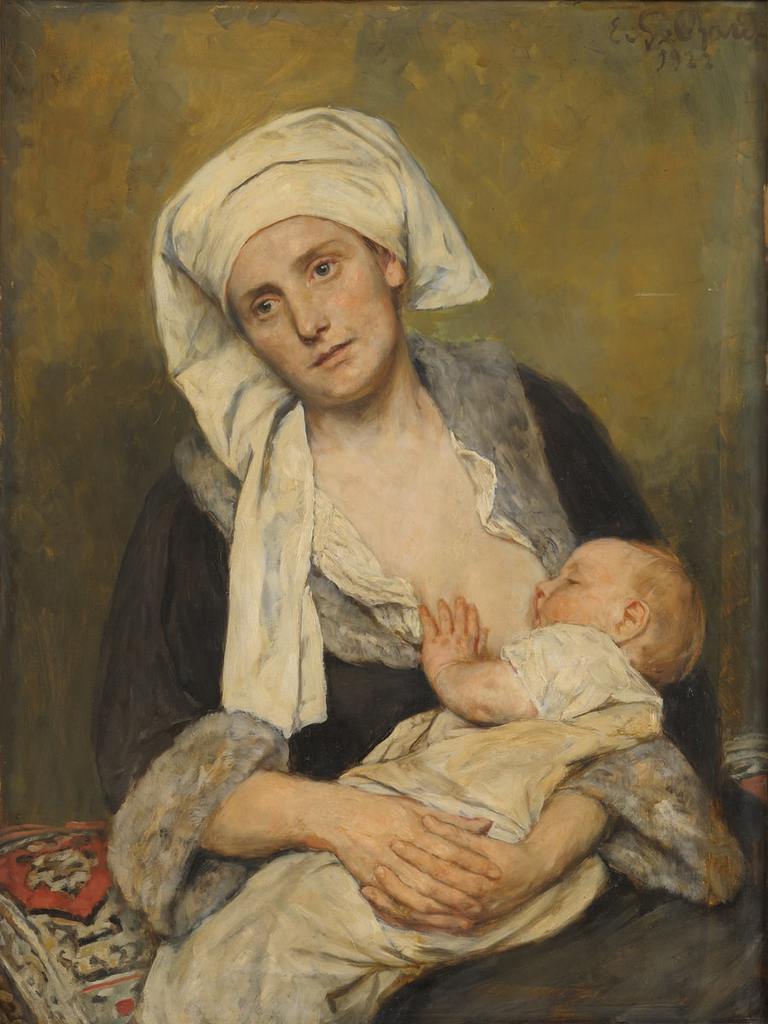E.K.F. von Gebhardt (1838–1925)
Eduard von Gebhardt was born in Järva-Jaani into the family of a Lutheran pastor, yet went to St. Petersburg already when he was only 17, and three years later proceeded from there to Düsseldorf. That is where Gebhardt received his grounding in creative work, rising in time to become one of the most important painters of paintings with religious themes in all of Germany. Figurative paintings created mostly on subjects from the New Testament (the Old Testament was of surprisingly little interest to him) renewed all of German protestant painting art, whereas it should not be forgotten that he often used Estonians whom he met on visits to his native land as models (for instance, painting his mother as the Virgin Mary). According to Gebhardt’s biographers, the creative work of that appreciated professor and respected painter who received both governmental and private commissions did not change to any great extent since he already found his own style at the beginning of his career path as an artist. After his death, Gebhardt’s creative work quickly lost its meaning, yet over the last few decades it has again attracted the attention of researchers.


